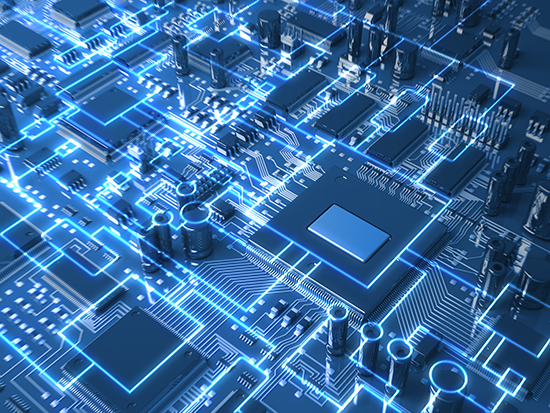The Relationship between Prepreg and PCB Lamination Technology Conditions
Under certain high temperature conditions, the resin melt viscosity of the prepreg is closely related to the lamination technology of the PCB board. Optimizing the matching and coordination between the two can significantly improve the appearance and internal performance of multilayer boards

The lamination of multilayer PCB is mainly controlled by pressure, temperature and time. The entire lamination process can be divided into three stages: preheating, holding and cooling. The preheating stage is the key to ensuring PCB board performance and is also the stage for flexible use of different technology conditions. During the preheating stage, the prepreg resin is softened by heating and gradually transforms into a liquid, viscous, or gel state. At the same time, under heating and pressurization conditions, the resin further penetrates and fills the gaps in the glass fibers to complete the lamination exhaust and achieve the initial bonding between layers.
During the preheating stage of multilayer lamination, the melt viscosity of the prepreg resin undergoes a change process of "increasing, decreasing, increasing" through heating. Taking the melt viscosity as the ordinate and the heating time as the abscissa, the change curve of the melt viscosity is "U" shaped. When the temperature rises too fast, the melt viscosity changes quickly. This lamination method can easily lead to poor bonding between the layers or bubble problems. When the heating rate is too slow, the melt viscosity changes slowly, which not only prolongs the entire lamination time, but also makes the resin easy to lose, and the thickness tolerance of each part of the PCB board is large. Therefore, the temperature rise should generally be 1.5~2.0℃/minute.
In addition, prepreg manufacturers should ensure that the melt viscosity of prepreg resin produced in different batches is consistent to avoid differences in board thickness due to differences in melt viscosity. The flowable resin in the initial stage of the preheating stage only accounts for a part of the thickness of the adhesive layer of the multilayer board, and the final thickness of the adhesive layer is mainly determined by the amount of flowable resin in the prepreg.
HoYoGo is a professional and reliable PCB manufacturer, including one-stop services from upstream electronic component procurement to PCB production and processing, SMT patching, PCBA testing, finished product assembly, etc. All our products strictly follow the acceptance standards of IPC-A-600-H and IPC-6012. We do not relax any step of testing to ensure good quality for our customers and reassure them!
评论
发表评论